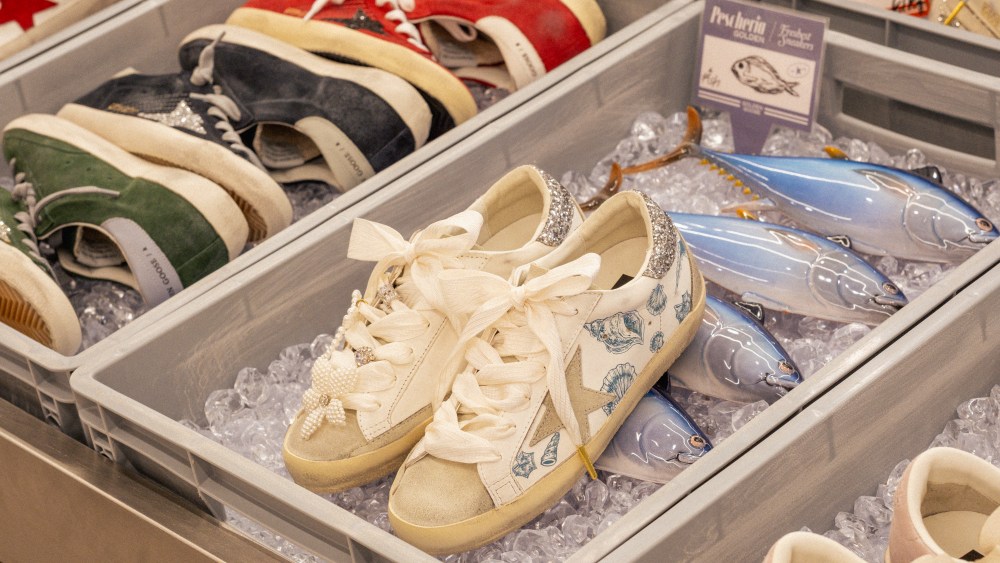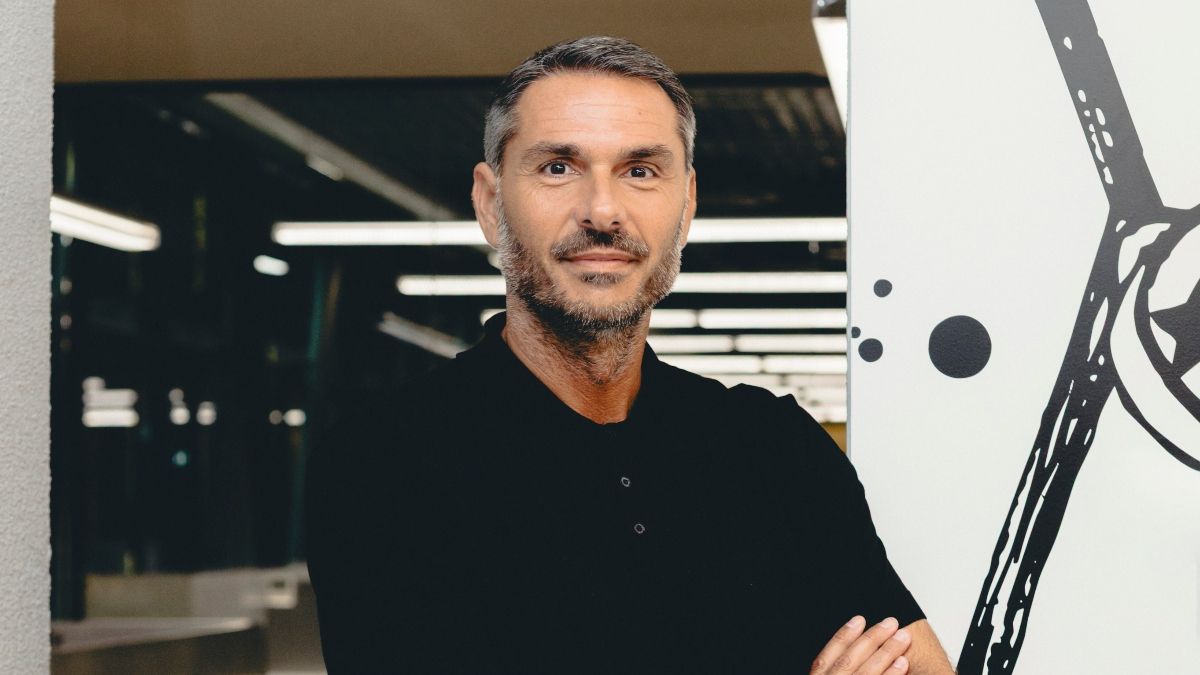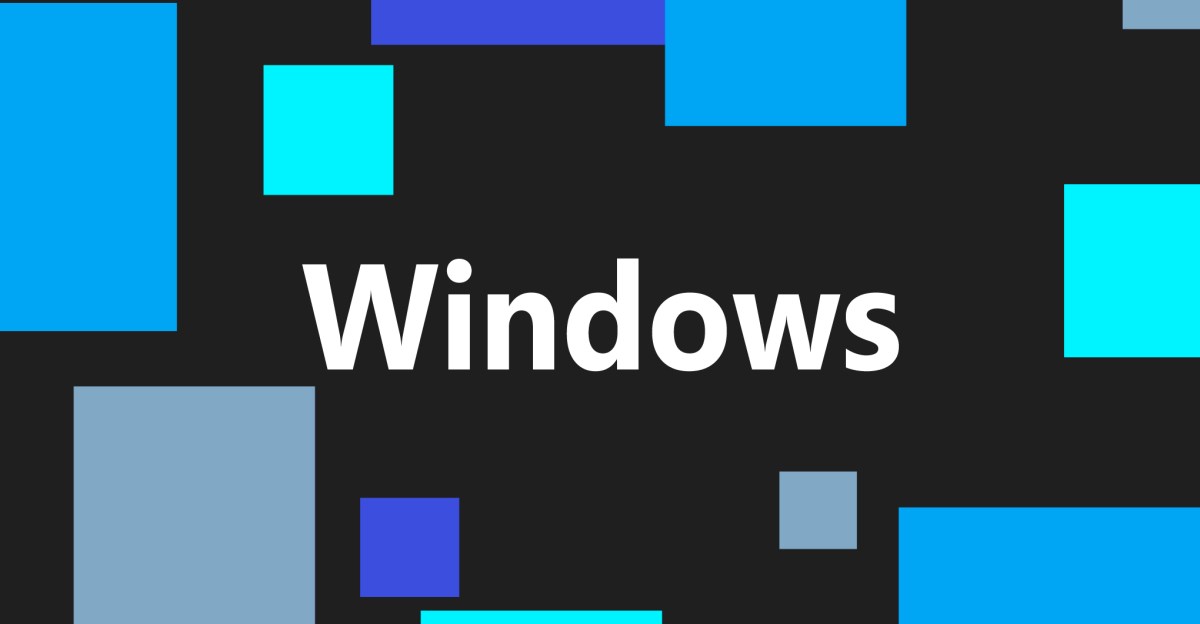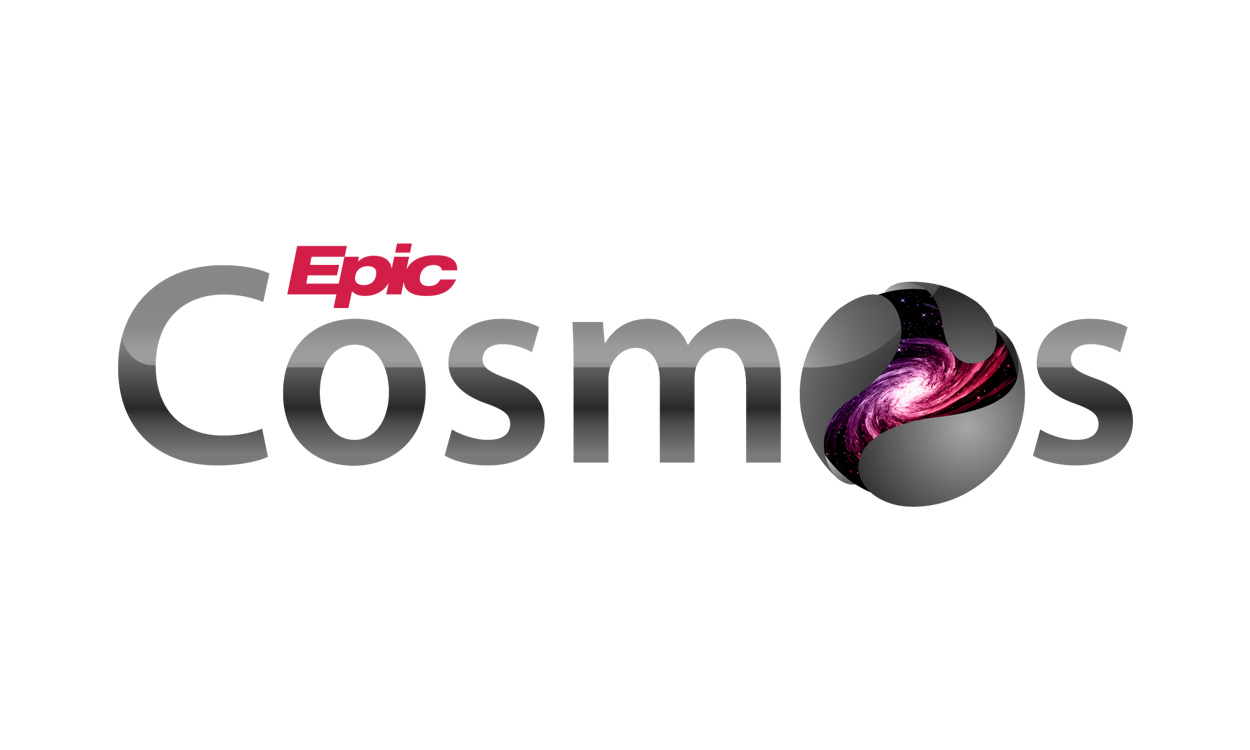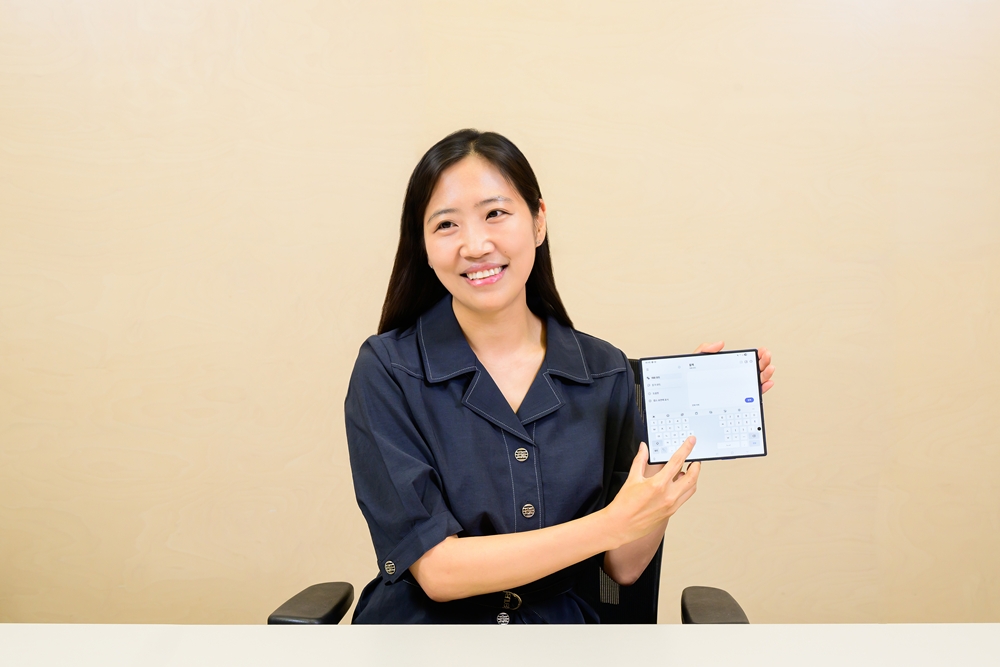MILAN – Golden Goose sneakers continue to sprint ahead.
An acceleration in the second quarter and a robust performance across all channels and geographies helped the Italian brand, best known for its successful Super–star sneakers and intentionally distressed styles, report a strong set of results for the first half of the year.
In the six months ended June 30, group revenues rose 13 percent to 342.1 million euros compared with 307.3 million euros in the same period last year.
In the second quarter, sales rose 14 percent, compared with growth of 12 percent in the first quarter.
Direct-to-consumer revenues climbed 19 percent to 270 million euros, compared with 226.8 million euros last year, and representing 77 percent of the total, in alignment with the company’s strategy to expand that channel of distribution. DTC sales grew 26 percent year-on-year in the Europe, Middle East and Africa region, 15 percent in the Americas and 14 percent in the Asia Pacific area.
Adjusted earnings before interest, taxes, depreciation and amortization were up 3 percent to 113 million euros, representing a margin of 33 percent on sales. This compares with 109.2 million euros in the first half of 2024.
Percentage changes were provided at constant currency.
“Against a difficult macroeconomic context, our resilient performance in the first half of 2025 reflects the continued global resonance of the Golden Goose brand among its communities,” stated Silvio Campara, chief executive officer.
By geographic markets, the Europe, Middle East and Africa region reported an 18 percent growth; the U.S. were up 8 percent, and the Asia Pacific area registered a 9 percent increase in sales.
Campara touted the gains in these markets and the expansion of the Golden Goose network of stores with the opening of 10 “innovative retail concepts in key strategic cultural and lifestyle hubs, from Venice to Manila. These results confirm the power of the Golden Goose brand, the strength of our DTC and innovation-led strategy and the co-creation which keeps on reaching new heights.”
Retail Expansion and New Store Concepts
As of June 30, the brand’s retail footprint comprised 225 directly operated stores.
Among others, in the period new stores opened in Hyundai Jungdong department store in South Korea; at the Paragon shopping center in Singapore; in Manila, Ibiza, and at the Venice Airport. A standalone store focusing on kidswear opened in Dubai.
A new store concept, the Golden “Pescheria,” a seasonal pop-up inspired by Mediterranean fishing towns, debuted in luxury beach resort town Forte dei Marmi, Tuscany, last June. It expanded to other holiday destinations, such as the Hamptons.
The Golden Pescheria in Forte dei Marmi
Golden Goose opened its third Forward concept store in the U.S. at the NorthPark shopping center in Dallas in June. The Forward concept hinges on the brand’s efforts around product preservation and reinvention as the company works to reduce its environmental impact, offering repair and remake services not only of its own signature sneakers, but also of products from any label. The 5,900-square-foot location followed the opening of the SoHo, NYC Forward store in 2022 and the Miami Design District location in 2023.
The company also launched a new experiential store concept in New York’s Meatpacking District, also focused on co-creation, the brand’s fourth physical retail space in the city, with other stores located in SoHo, the Upper East Side and a shop-in-shop inside Bloomingdale’s 59th Street flagship. The new concept features the Con Amore Corner, which provides personalized gift-wrapping options as well as coffee, sweet treats and fresh flowers.
“As always, I want to thank our passionate and loyal communities around the world, as well as our Golden Family, whose dedication and creativity bring our vision to life every day,” Campara concluded.
As of June 30, the cash position amounted to 126 million euros.
Certifications and Cultural Events
In July, Golden Goose achieved the Gender Equality European & International Standard Certification, underscoring the company’s ongoing commitment to inclusion, equity, and responsible workplace practices. This followed the Top Employer 2025 certification the company received in January, marking the fourth consecutive year in Italy, the third year in the United States, the second year in China, and the first time in South Korea.
The brand continued to develop its connection to art and culture. In May, kicking off the Venice Biennale of Architecture 2025, it launched “Altered States” at its Haus headquarters in Marghera , Italy, the industrial port of the lagoon city where the company was founded. Curated by Jérôme Sans, the immersive installation by artist Marco Brambilla transformed the space through a multi-sensory experience blending film, sound, and technology.

Marco Brambilla’s immersive installation at the Golden Goose Haus
At the end of April, the company was awarded the Premio Festa di San Marco by the City of Venice in recognition of Golden Goose’s contributions to the Italian city.
Brand Ambassadors and Campaigns
Further strengthening its connection with sports, Golden Goose expanded its pool of brand ambassadors by signing tennis champs Jasmine Paolini and Zizou Bergs, and padel aces Marta Ortega and Juan Lebrón.
The brand celebrated its signature Super-Star sneaker, which marks its 25th anniversary this year, with a campaign fronted by Academy Award-winning actor and activist Jane Fonda and Paolini. Two-time Olympic gold medalist for skateboarding Keegan Palmer; Italy’s Paralympic athlete Alessandro Ossola; American restaurateur and entrepreneur Joe Bastianich, and fashion stylist Cristina Ehrlich joined Fonda in the campaign.
In the Asia Pacific region, Golden Goose launched two special limited editions of the Super-Star designed by global brand ambassador Jackson Yee.

Jackson Yee wearing Golden Goose
Investors’ Support
As reported, at the end of January, Blue Pool Capital, a Hong Kong-based investment firm and family office, acquired a 12 percent stake in Golden Goose. The Hong Kong-based family office was set up by Joe Tsai, cofounder and chairman of the Alibaba Group. Funds advised by Permira retained a majority investment.
Permira acquired a majority stake in the brand in 2020 to accelerate its growth through direct-to-consumer channels, in particular online and retail, and diversify its product assortment.
The sale to Blue Pool Capital was a new development after Golden Goose delayed its initial public offering in June 2024 at the 11th hour due to European market volatility. Campara has told WWD that “the process never finished for us, we continue to create value aligned with our investors, and when there will be the right market conditions, it will be an option that we will consider.”
In May, Golden Goose said it planned to sell 480 million euros of senior secured floating-rate notes expected to mature in 2031 to refinance its debt due in 2027.
